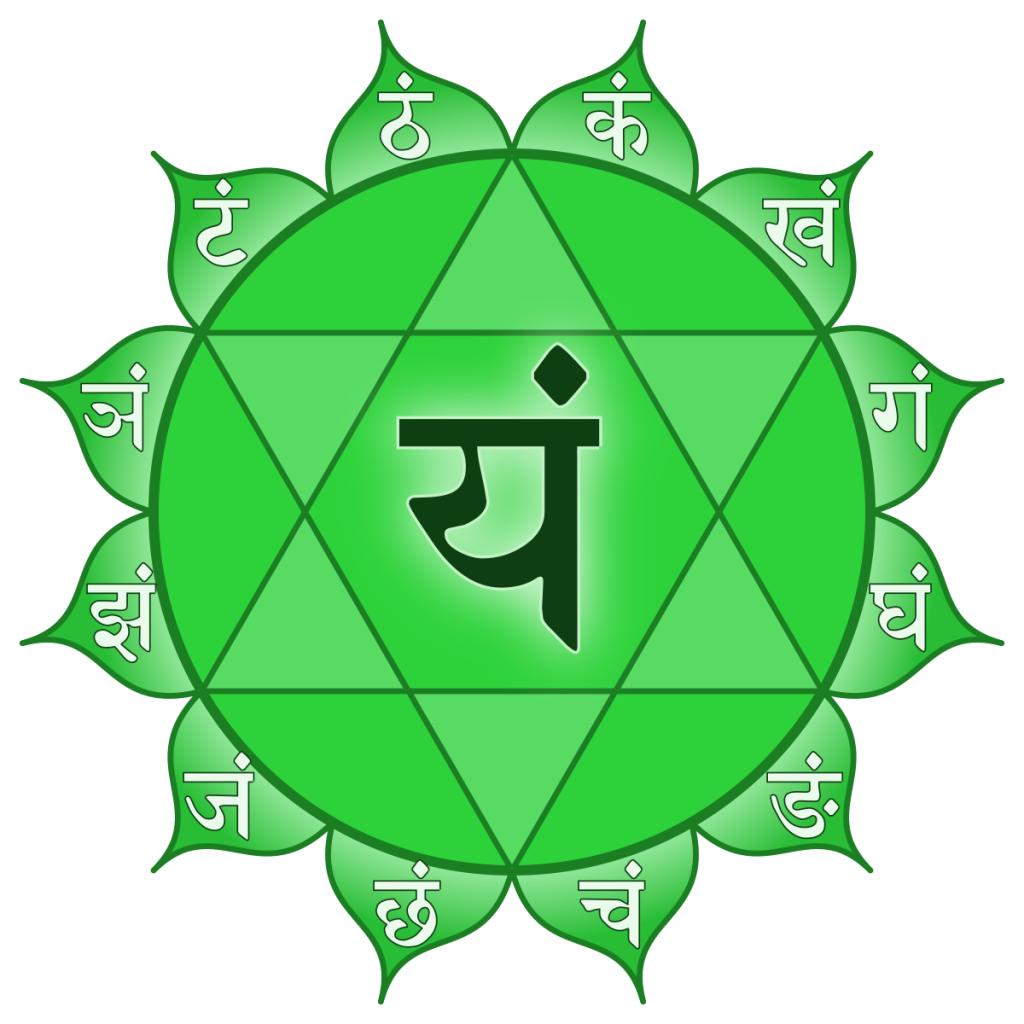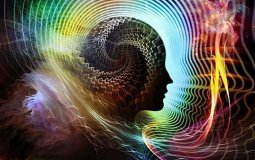ANAHATASABDA figures variously in the Guru Granth Sahib as anahadasabad, anahadatura, anahadajhunkara, anahadabain, anahatanada, anahadabani and anahadadhumand in the Dasam Granth as anahadabani and anahadabaja. The word anahata is from the Sanskrit language. It occurs in Pali and Prakrit texts as well. In the Sanskrit original, it implies unstruck; it stands for pure or immaculate in Pali and for eternal in the Prakrit. The suffix words like sabad or sabda, tura, jhunkara, bani and dhuni stand for word, rhythm, sound or speech. Thus, anahatasabda would mean the unstruck or pure or eternal sound. In a theistic system, anahatasabda would signify an eternal voice symbolizing the reality of God.
ANANDU, noncanonically spelt Anand, by Guru Amar Das, is like Guru Nanak`s Japu, one of the more familiar texts in the Guru Granth Sahib. Set in the Ramkali musical measure and comprising forty stanzas, Anand is recited liturgically, especially in its shortened form, at the conclusion of all congregational services and at prayers offered at weddings and other ceremonies to seek God`s grace and solace and to rejoice on happy occasions in the favours granted by Him. The Sikh marriage ceremony itself has come to be called anand, which term has also been used in the legislative enactment governing the custom.
Dive into the rich meanings of 'atma'—from breath to soul—in various Indian philosophies and uncover its role in consciousness and divine connection.
Explore the Khalsa, the community of baptized Sikhs, founded by Guru Gobind Singh in 1699. Discover its origins and significance in Sikh tradition.
Explore the concept of Punn in Indian tradition, embodying ethics, spirituality, and metaphysics, impacting present life and eschatological state.
Explore the spiritual essence of Sursuri, another name for Ganges, where even mixed waters become pure, reflecting Indian traditions and beliefs.





